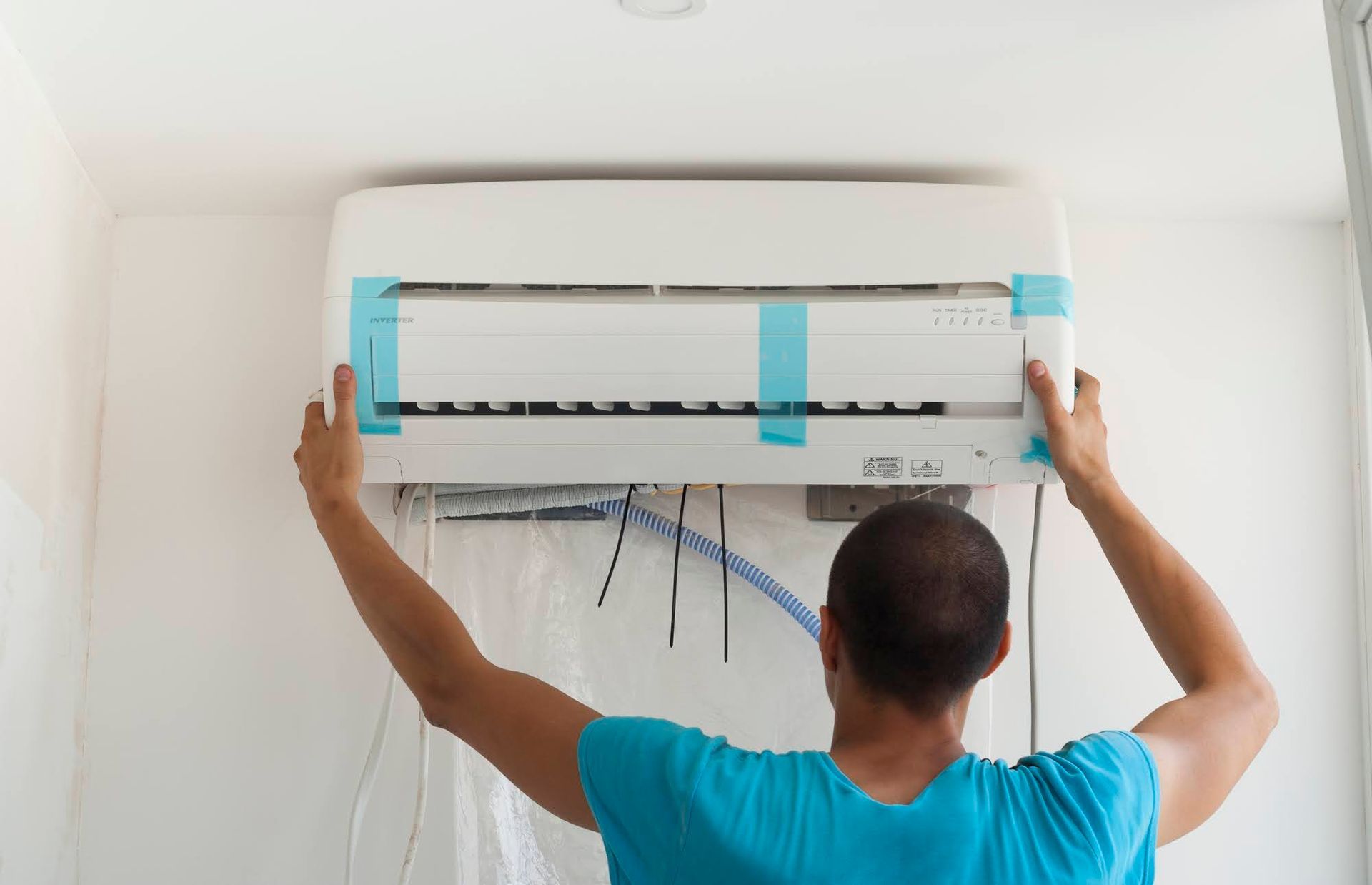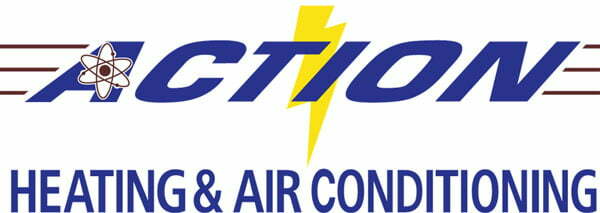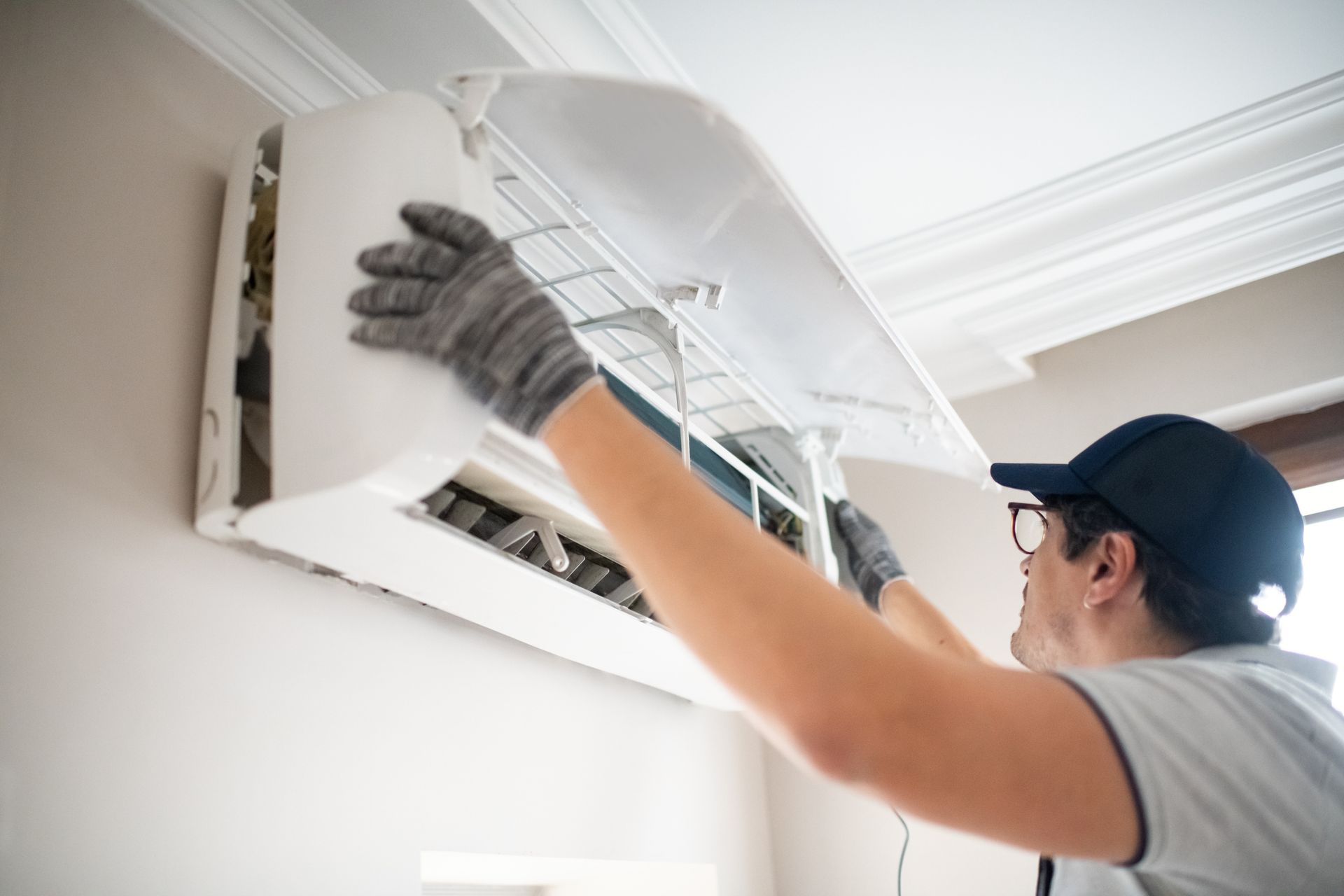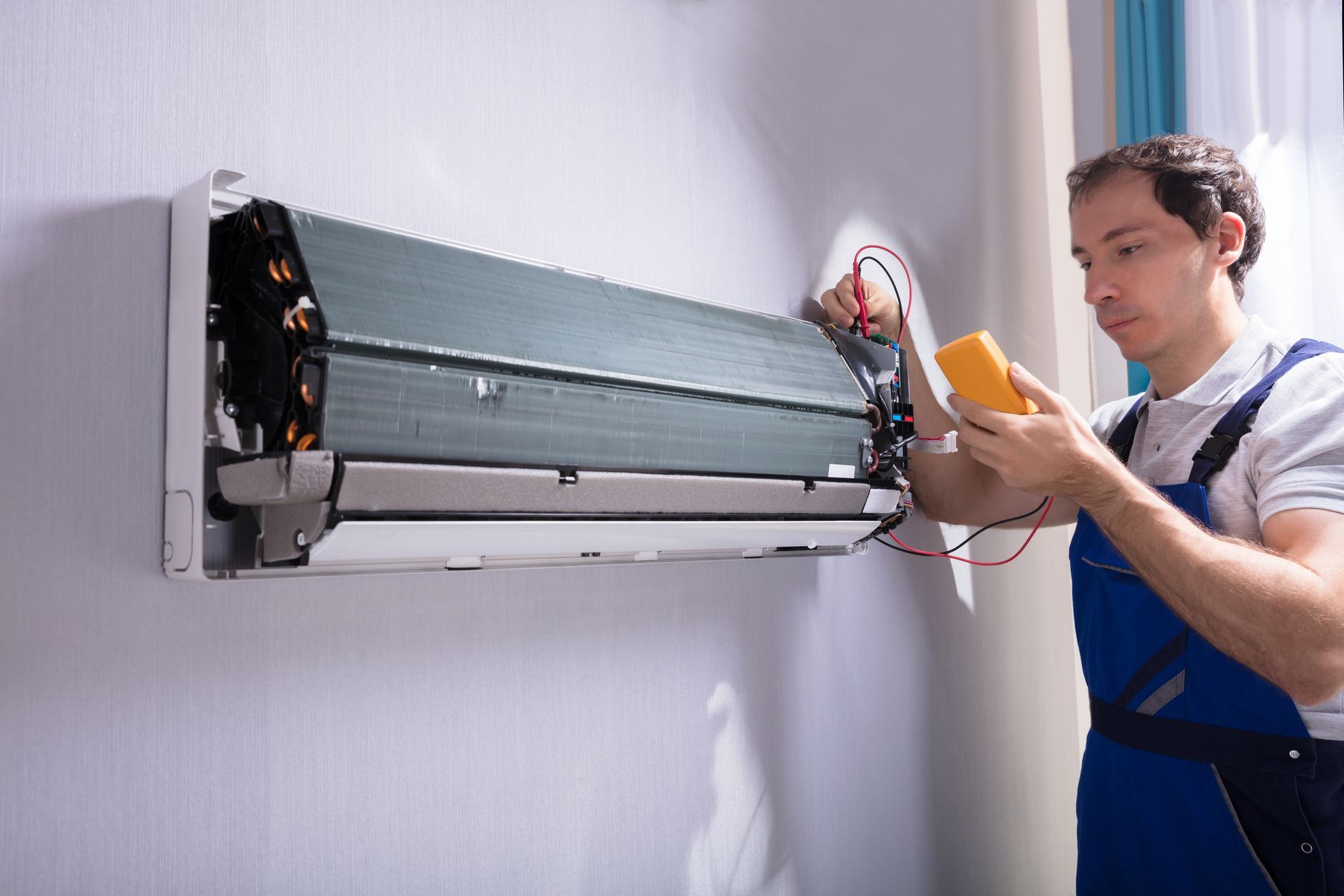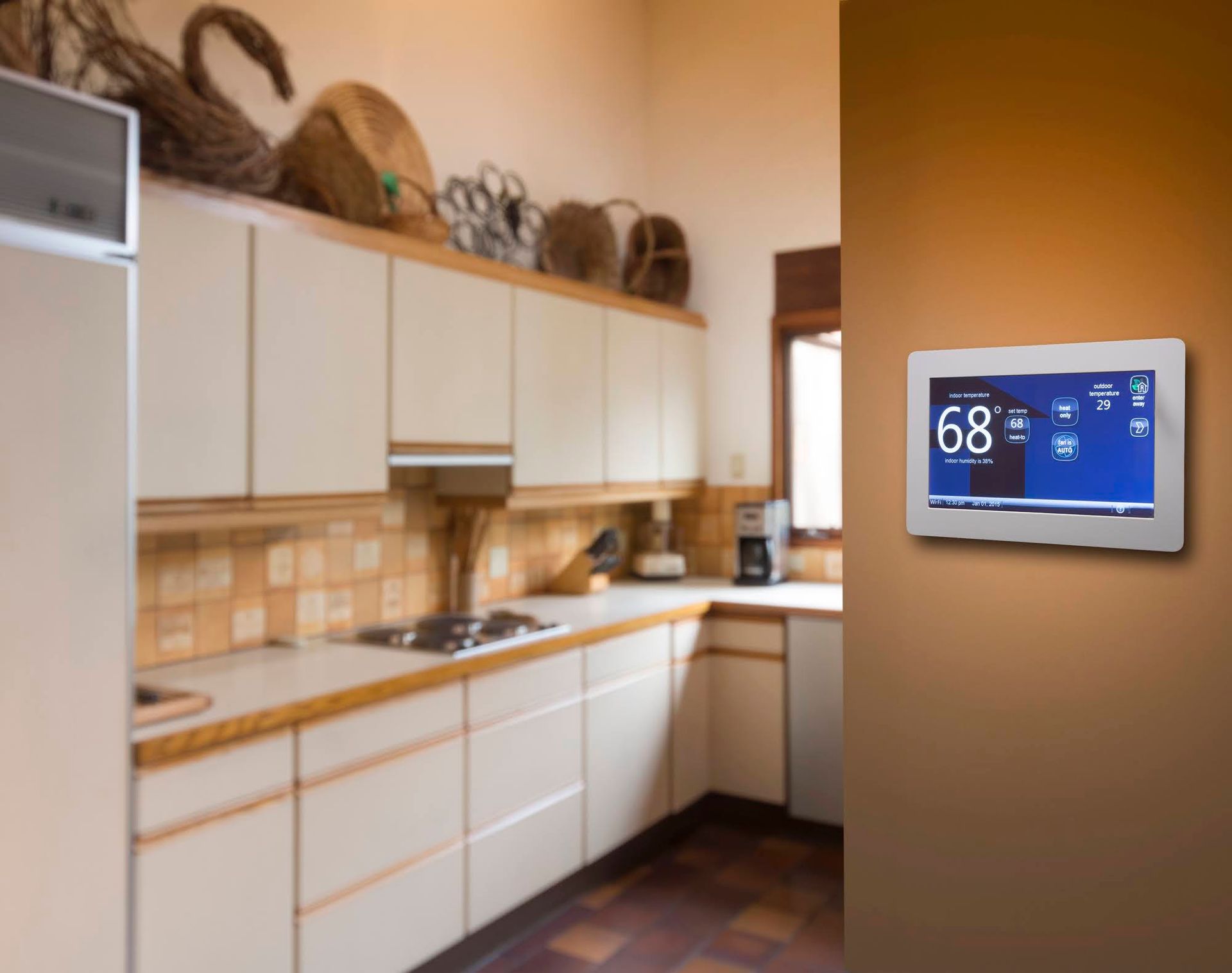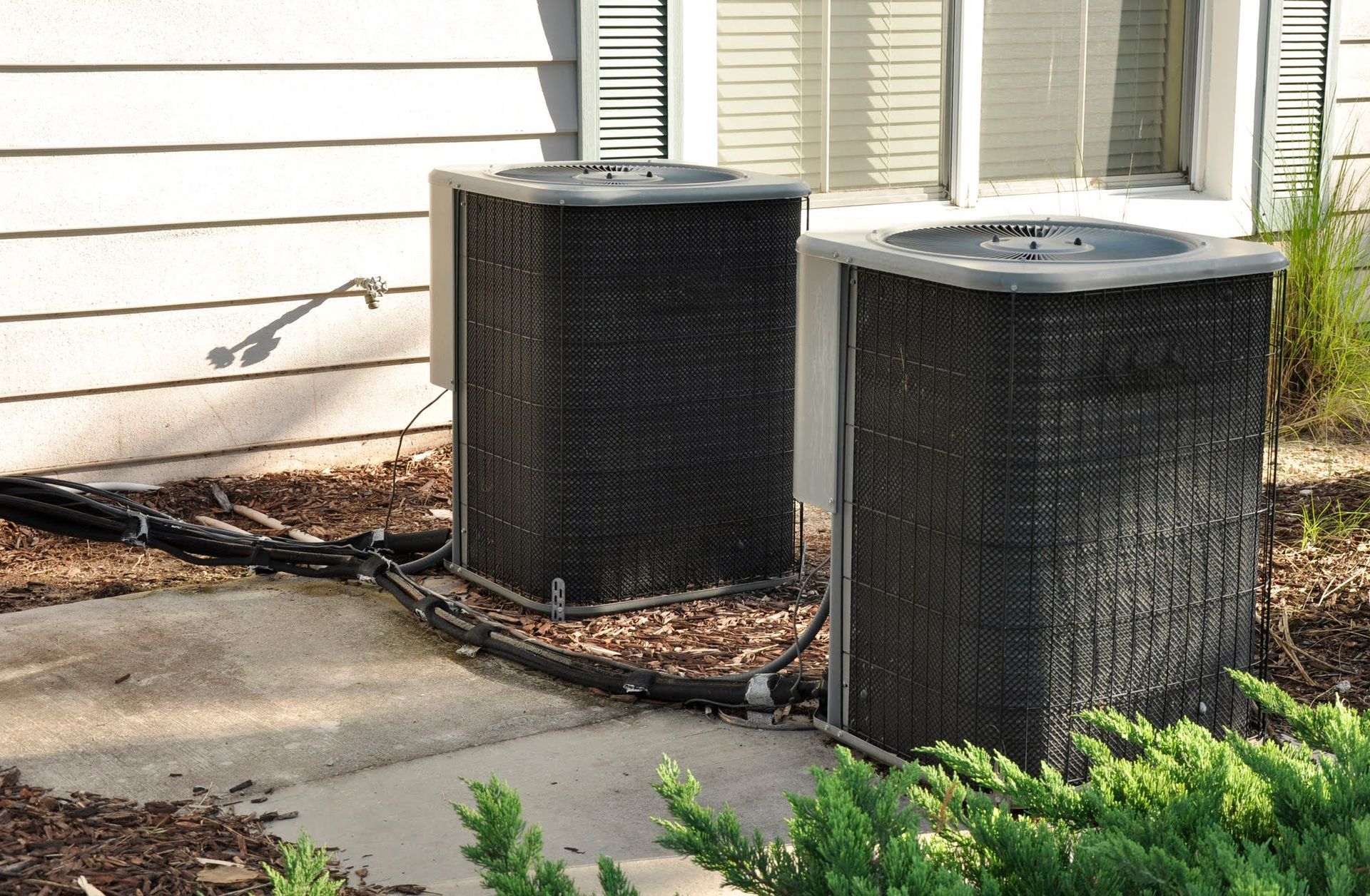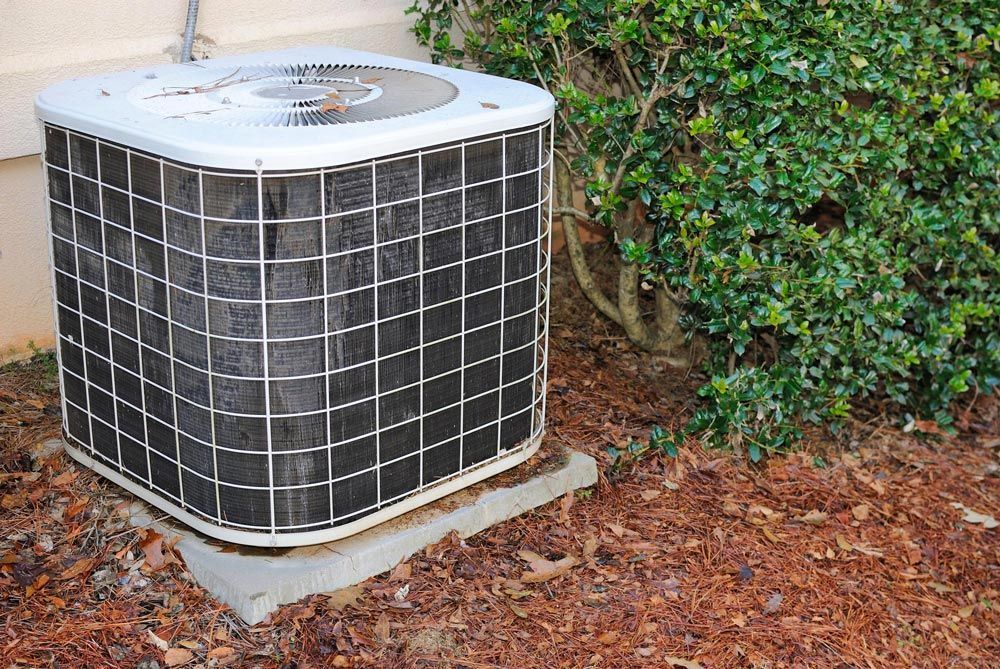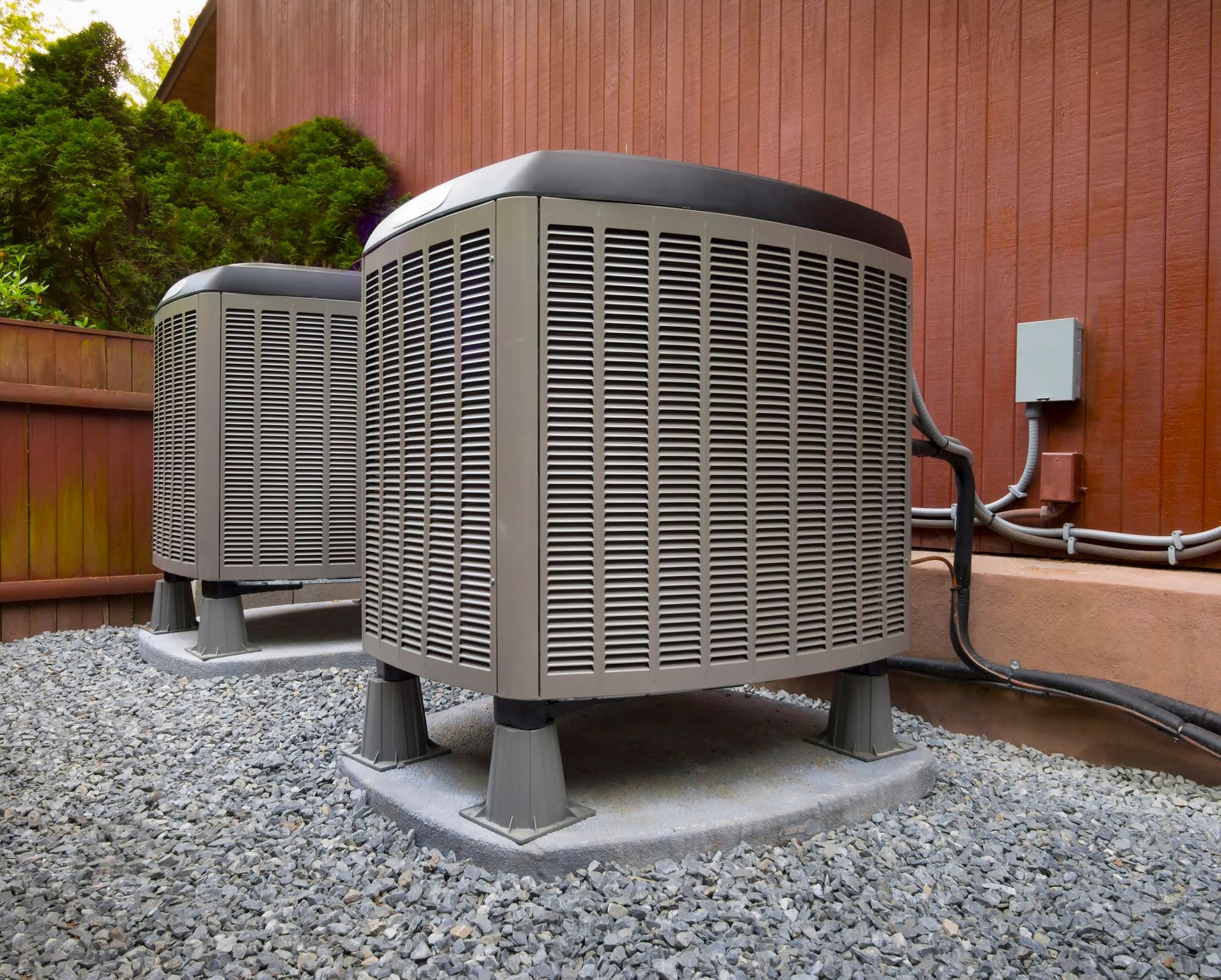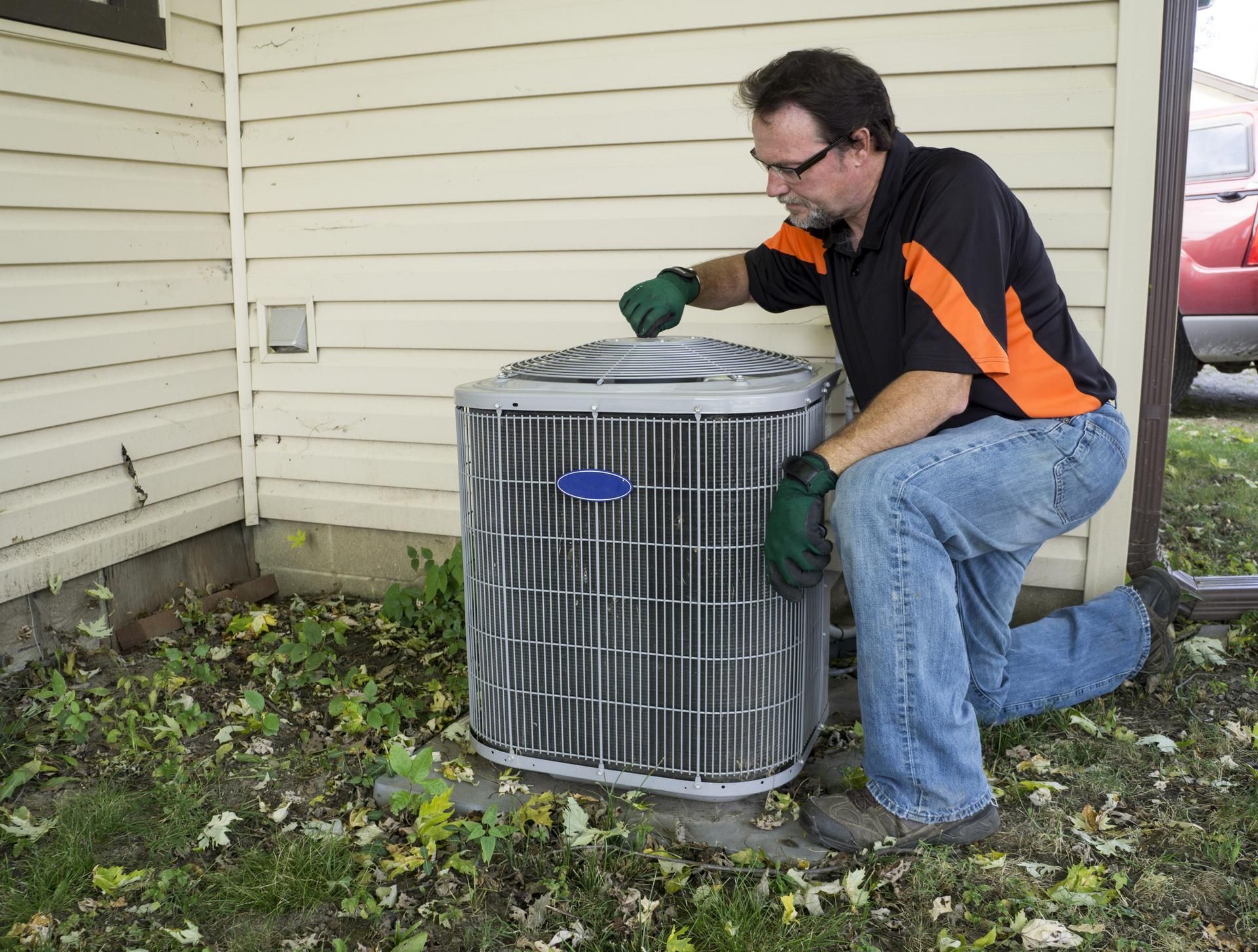Six Things You Need to Know About Ductless AC Units
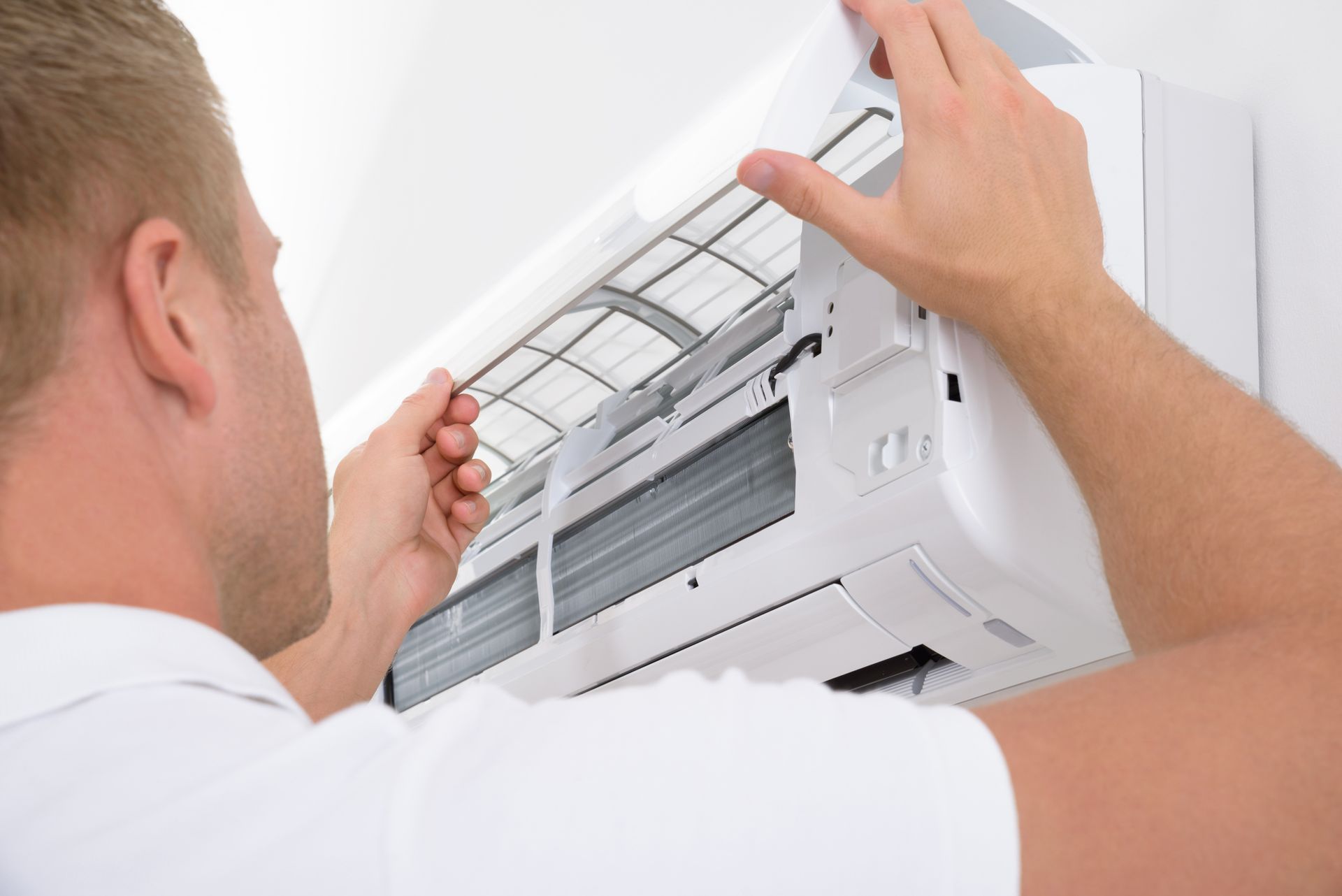
Are you considering installing a ductless AC unit on your residential property? Ductless AC units are becoming increasingly popular due to their efficiency, ease of installation, and flexibility. Whether you are looking to cool a single room or your entire home, ductless AC units may be the perfect solution for you. Read on to learn about six things you need to know about using ductless AC units for residential properties.
Energy Efficiency
Traditional central air conditioning systems can lose some of their energy through ductwork. Ductless AC units, on the other hand, deliver air directly into the room without the need for ducts, resulting in lower energy consumption and reduced utility bills. Additionally, ductless AC units often have programmable settings and energy-saving features that can help further reduce energy usage.
Easy Installation
Installing a ductless AC unit is much easier and less invasive than installing a central air conditioning system. Ductless AC systems necessitate only a small wall hole for linking indoor and outdoor units, offering an ideal solution for older structures or residences where duct installation proves impractical. This also means that ductless AC units can be installed in a fraction of the time it takes to install a traditional central air conditioning system, saving you time and money on installation costs.
If possible, consider hiring a professional AC installer to set up your ductless system. Doing so ensures that the installation is done correctly and efficiently, preventing potential issues from incorrect setup. Professionals have the necessary tools, training, and experience to optimize the system's performance and longevity, safeguarding your investment.
Zoned Cooling
Ductless AC units allow for zoned cooling, meaning you can control the temperature of each room or zone independently. This can help you save even more on energy costs by only cooling the rooms that are in use. Zoned cooling also allows for personalized comfort, as each occupant can adjust the temperature in their own space to their liking. This can be especially beneficial in larger homes or properties with multiple stories, where different rooms may have different temperature needs.
Quiet Operation
Ductless AC units are known for their quiet operation. The compressor and fan components of a ductless AC unit are located in the outdoor unit, so you won't have noisy motors or fans disrupting your indoor environment. This can be particularly beneficial for light sleepers or for rooms where noise levels need to be kept to a minimum, such as home offices or bedrooms. You can enjoy cool, comfortable air without the background noise that can come with traditional air conditioning systems.
Air Quality
Ductless AC units can also help improve indoor air quality. Many ductless AC units come equipped with advanced filtration systems that can capture dust, pollen, and other allergens, as well as bacteria and viruses. By removing these contaminants from the air, ductless AC units can help you breathe easier and enjoy cleaner, fresher air in your home.
Maintenance
Like any HVAC system, ductless AC units require regular maintenance to ensure optimal performance and efficiency. However, maintenance for ductless AC units is typically easier and less expensive than maintenance for central air conditioning systems. You will need to clean or replace the filters regularly, as well as schedule annual maintenance checks with a professional HVAC technician. With proper maintenance, your ductless AC unit can last for many years and continue to provide efficient and reliable cooling for your residential property.
Ductless AC units can be a convenient and cost-effective cooling solution for residential properties. With their energy efficiency, easy installation, zoned cooling capabilities, quiet operation, air quality benefits, and relatively low maintenance requirements, ductless AC units offer several advantages over traditional central air conditioning systems. Whether you are looking to cool a single room or your entire home, consider installing a ductless AC unit to keep your indoor spaces comfortable and cool all summer long. If you're considering adding a ductless AC system to your property, contact a professional HVAC contractor today!
